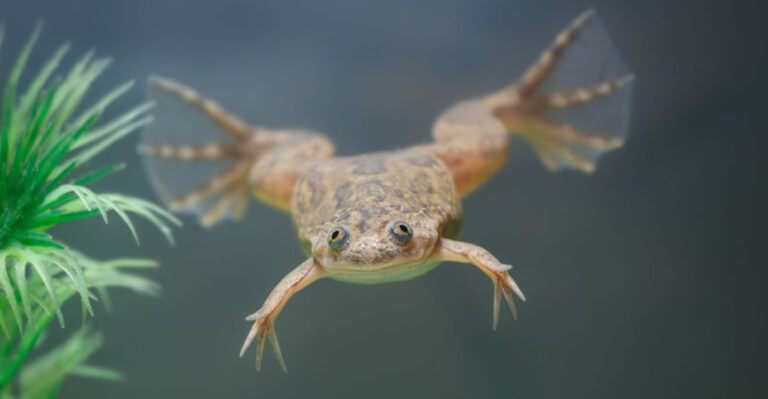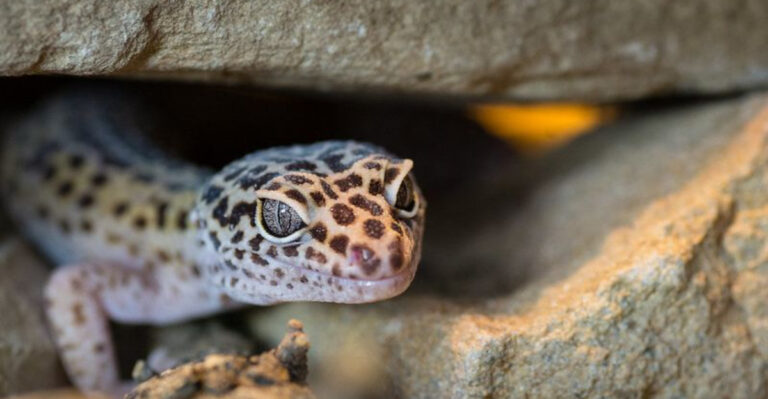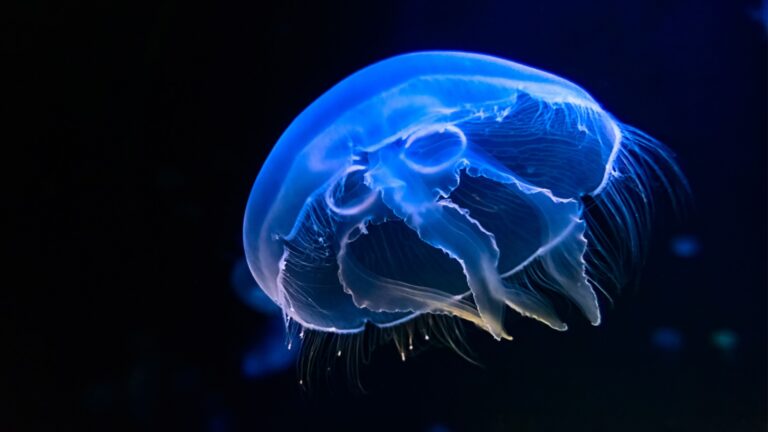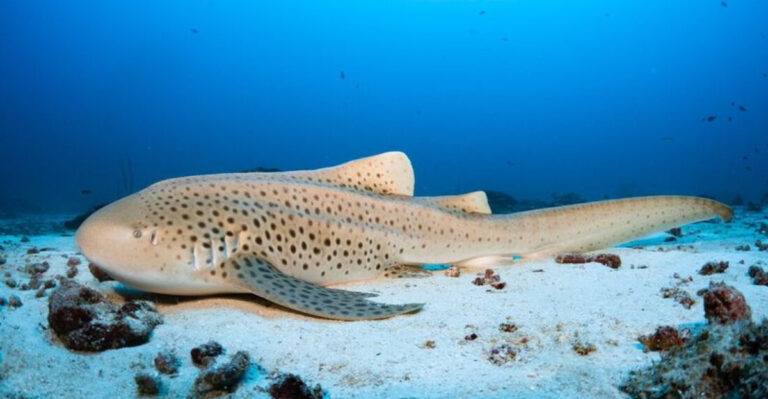17 Brilliant Times Animals Outsmarted Humans
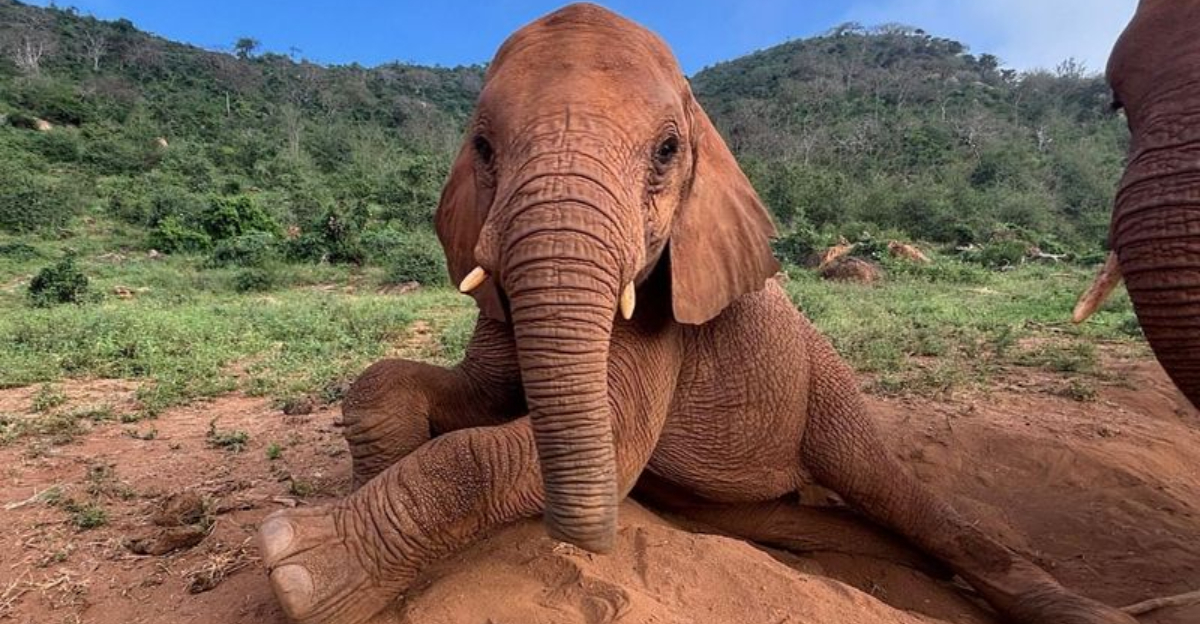
Who knew our furry and feathered friends could be such masterminds? They have a knack for creativity and problem-solving that sometimes leaves us humans scratching our heads.
These stories highlight some incredible moments where animals managed to outsmart humans.
1. Stealthy Swans
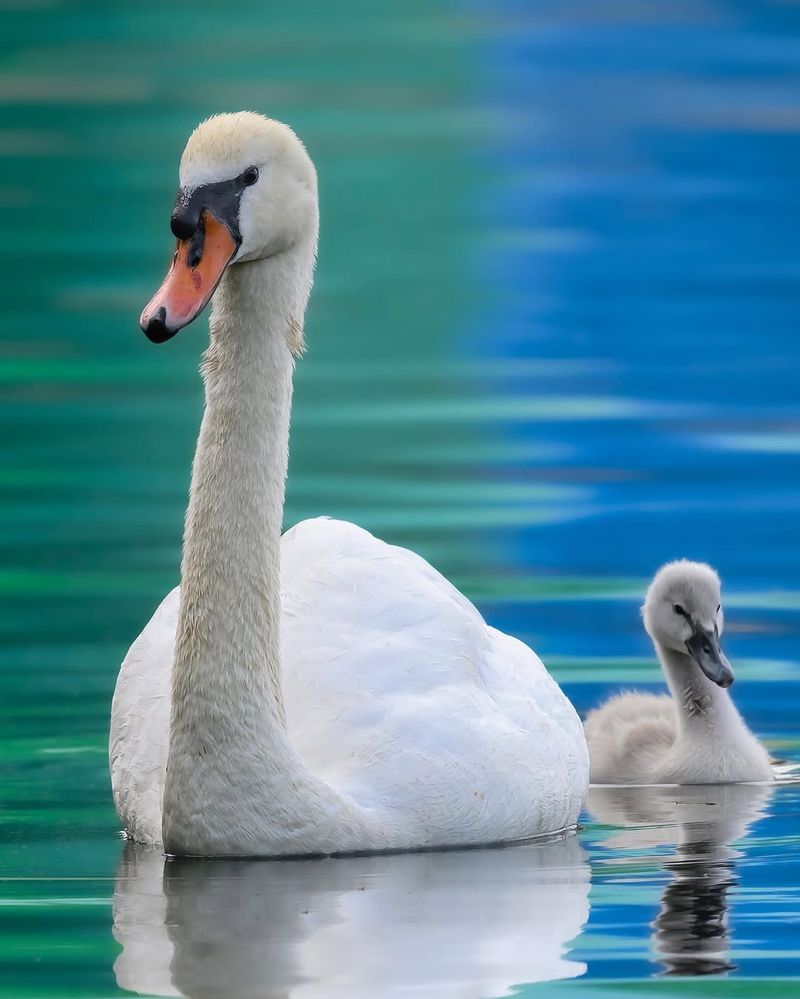
With elegance and grace, swans have mastered the art of stealth. In a quiet lakeside village, a local locksmith was baffled by missing keys.
The culprits? A family of swans, with the patriarch swan leading the charge.
One morning, a swan was spotted with a shiny key in its beak, gliding silently across the misty lake.
Villagers were charmed by their cleverness, watching as the swans returned to their nest, adding the key to their collection.
2. Clever Crows
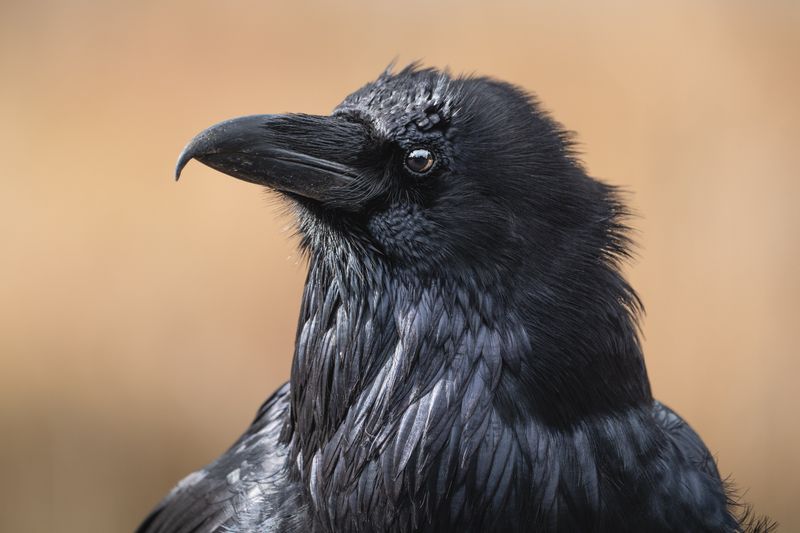
You might think of crows as just black birds, but they’re actually little geniuses. Picture this: a crow using a stick to get a delicious treat from a tube.
It’s like watching a magician pull a rabbit out of a hat. These feathered friends have been known to solve complex problems, showing off their smarts time and again.
And let’s be honest, who wouldn’t want to be that clever? Next time you see a crow, give it a nod of respect.
3. Sly Dolphins
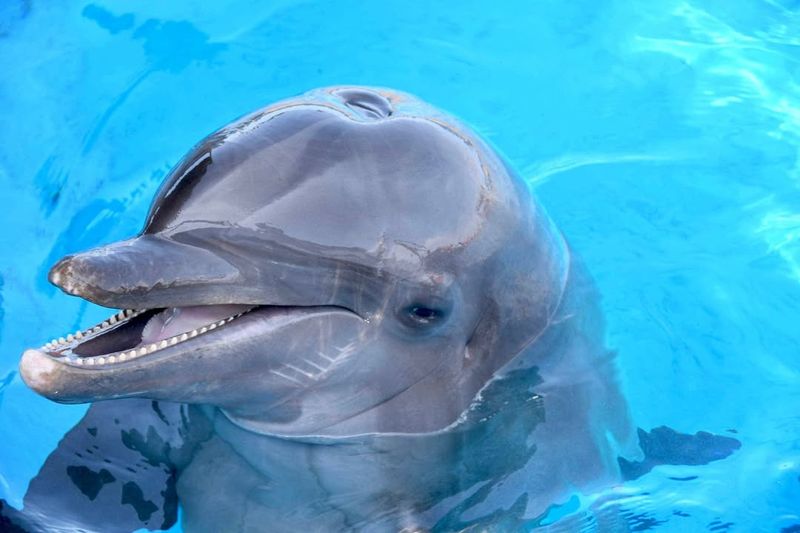
Swimming through the ocean waves, dolphins don’t just play around; they strategize like seasoned chess players.
In fact, they’ve been seen corralling fish into tight groups before diving in for the feast. This teamwork leaves fishermen in awe and maybe a little envious.
Dolphins communicate with clicks and whistles, making sure everyone’s in sync. It’s a spectacle that proves they’re not just swimming for fun. So next time you’re at the beach, keep an ear out for their chatter.
4. Ingenious Octopuses
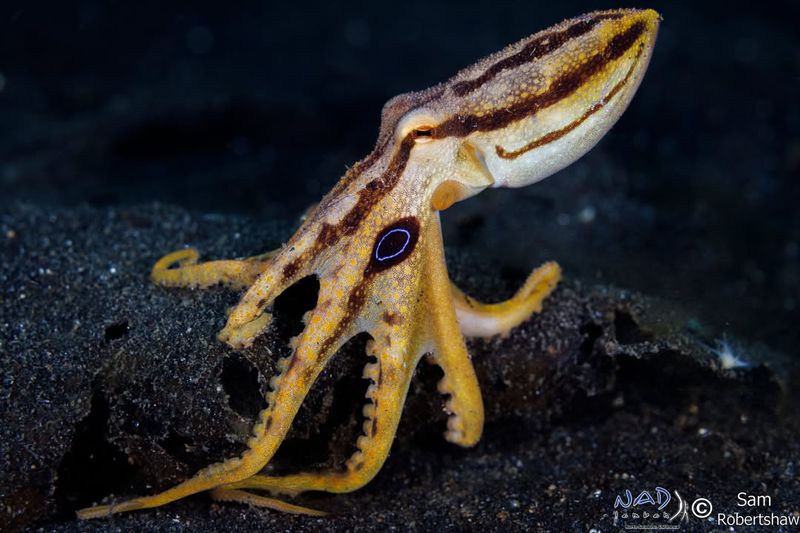
Ever played hide-and-seek with an octopus? They’re masters of escape, able to squeeze through tiny crevices. Imagine trying to keep one in a jar, only to find it vanished like a ghost.
Their intelligence is legendary in the marine world, as they can manipulate objects and even open jars. Watching an octopus in action is like seeing a living puzzle come to life.
Just don’t challenge them to a game of chess—they might win.
5. Resourceful Elephants
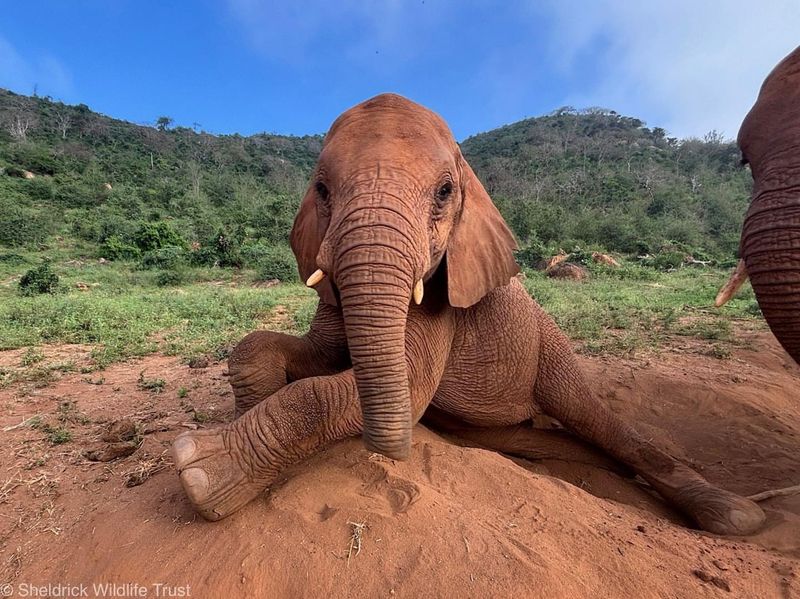
Elephants aren’t just big; they’re incredibly resourceful. Imagine one using its trunk to draw water from deep wells, a skill that leaves locals in awe. In dry seasons, this knack for finding water is crucial for survival.
These gentle giants also use tools like branches to swat flies, showcasing their problem-solving abilities. If you ever need help moving something heavy, an elephant might be your best bet.
Talk about brains and brawn in one massive package!
6. Sneaky Raccoons

Raccoons might look cute, but they’re the burglars of the animal world. They’ve been caught picking locks on garbage bins, proving they’re more than just bandit-masked critters.
These nocturnal animals have nimble paws and a curious nature that make them expert problem solvers. It’s like having a little furry locksmith living in your neighborhood.
Just remember to lock your bins tightly—a raccoon might be watching and planning its next heist!
7. Brainy Parrots
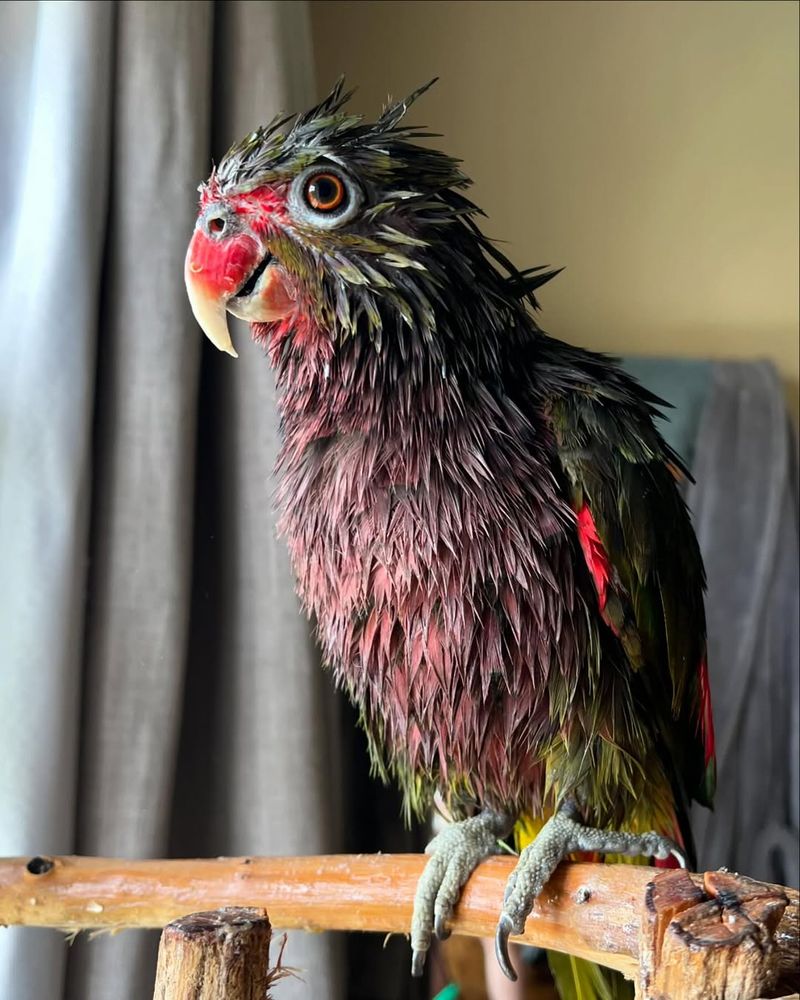
Parrots aren’t just about mimicking words—they’re brainiacs of the bird world. Picture a parrot solving a puzzle to get to a tasty snack. It’s like witnessing a feathered Einstein at work.
Their ability to understand and navigate challenges is remarkable, showcasing a level of intelligence that rivals some of our own skills.
Next time you hear a parrot squawk, it might just be plotting its next ingenious move. Who knew such a small creature could be so clever?
8. Crafty Squirrels
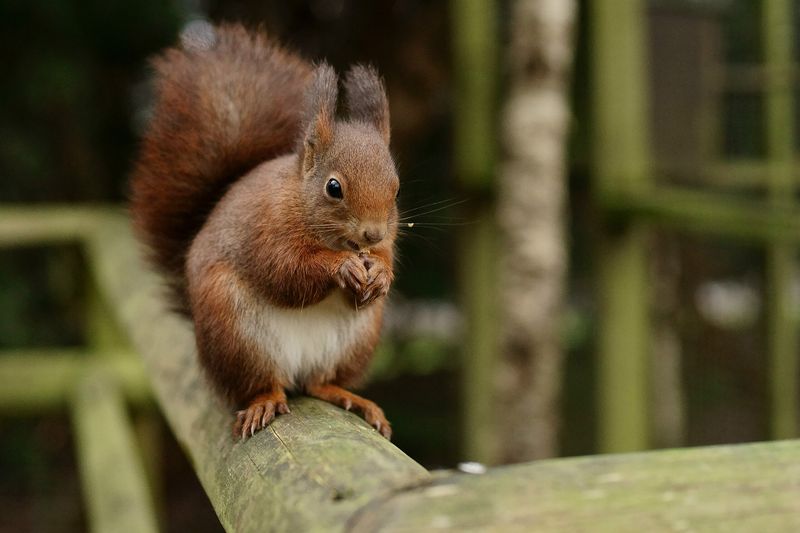
Squirrels are the high-flying acrobats of the animal kingdom. Watching one navigate an obstacle course to grab a few nuts is like witnessing an aerial performance.
Their agility and persistence make them masters at outsmarting humans who try to squirrel-proof their bird feeders.
No matter how tricky the setup, these crafty critters find a way through. So if you have a backyard feeder, be prepared for a fluffy visitor with some serious skills!
9. Witty Dogs
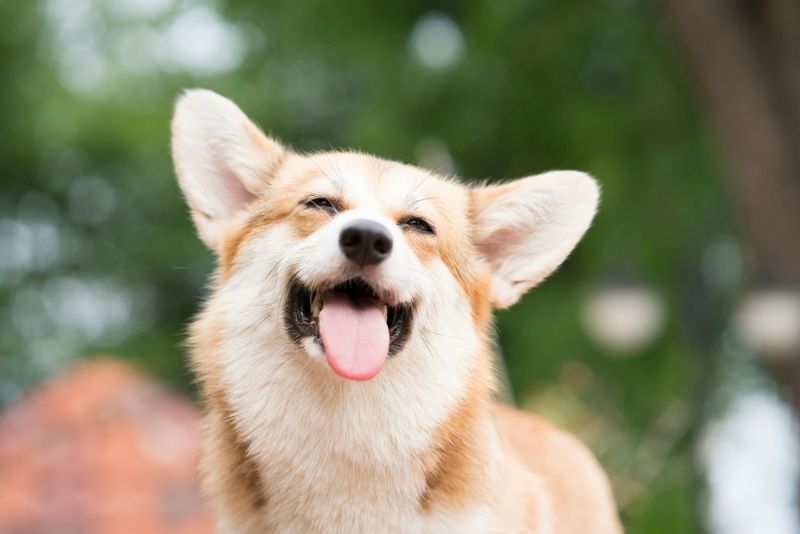
Ever met a dog that rings a bell to go outside? It’s like living with a furry butler. Dogs are incredibly observant, and some have figured out how to communicate their needs in clever ways.
This bell-ringing trick is a testament to their problem-solving prowess. If your dog starts taking notes, you might find them inventing new ways to get your attention.
Truly, dogs never cease to amaze with their ingenuity and charm.
10. Deceptive Cats
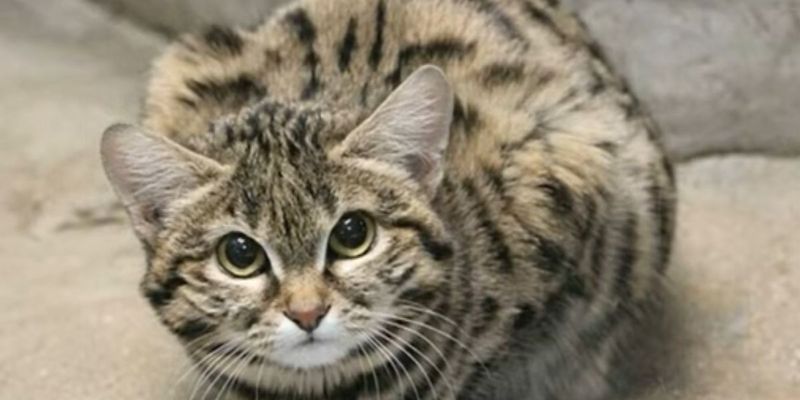
Cats may sleep a lot, but don’t let that fool you—they’re always plotting. Some have been known to feign sleep, only to pounce on a passing mouse with precision.
It’s a bit like a game of cat and mouse, literally. Their stealth and cunning make them expert hunters, even if they pretend not to care.
When a cat is around, it’s wise to keep an eye on what they’re really up to. They might just surprise you!
11. Cunning Foxes
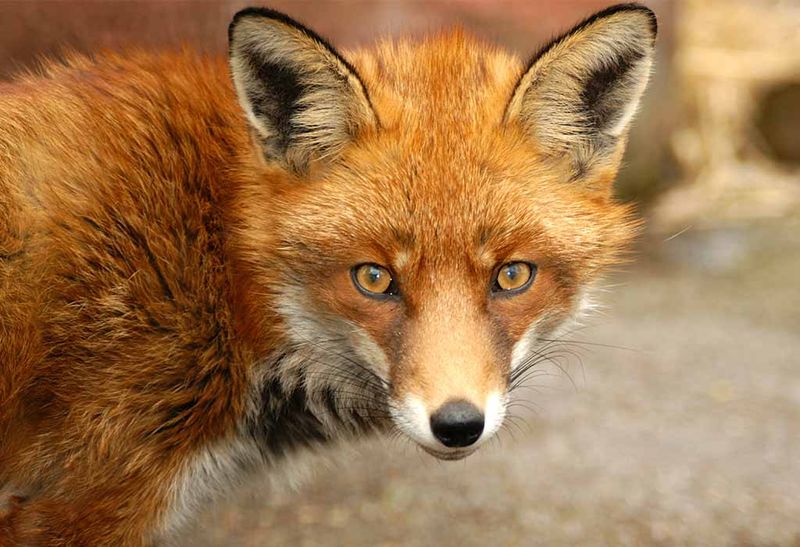
Imagine camping in the woods and spotting a fox playing dead to avoid detection. This cunning tactic allows them to outwit predators and humans alike.
Foxes are incredibly adaptable, able to live in diverse environments and employ strategies to navigate them efficiently.
Their intelligence and resourcefulness have earned them a reputation as one of nature’s smartest creatures. Next time you’re in the wilderness, keep an eye out for these sly survivors.
12. Shrewd Pigs
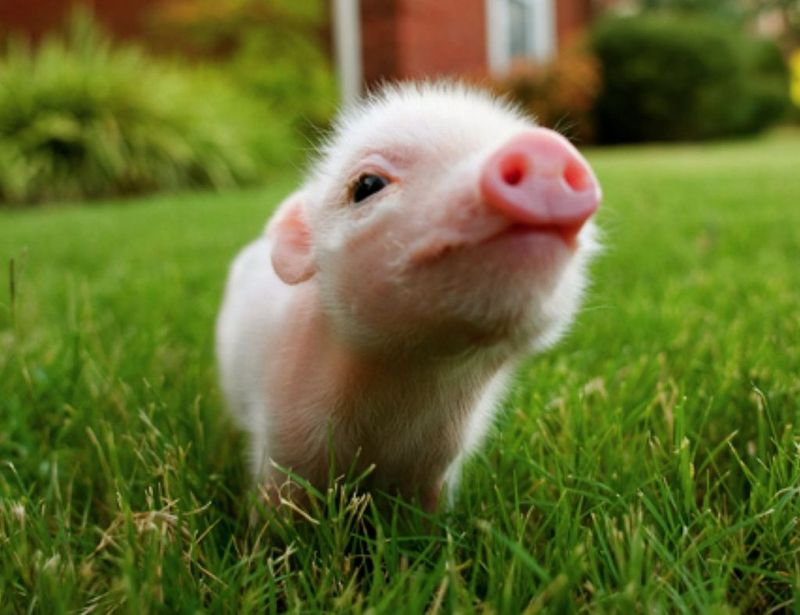
Pigs, often underestimated, are actually quite clever. Picture a pig unlocking a gate with its snout, a feat that would surprise even seasoned farmers.
Their intelligence is comparable to that of a toddler, capable of learning and adapting quickly. Pigs use their snouts not just for rooting, but for exploring and solving puzzles.
It’s no wonder they’re considered one of the smartest animals on the farm. Give them a puzzle, and watch the magic happen.
13. Perceptive Horses
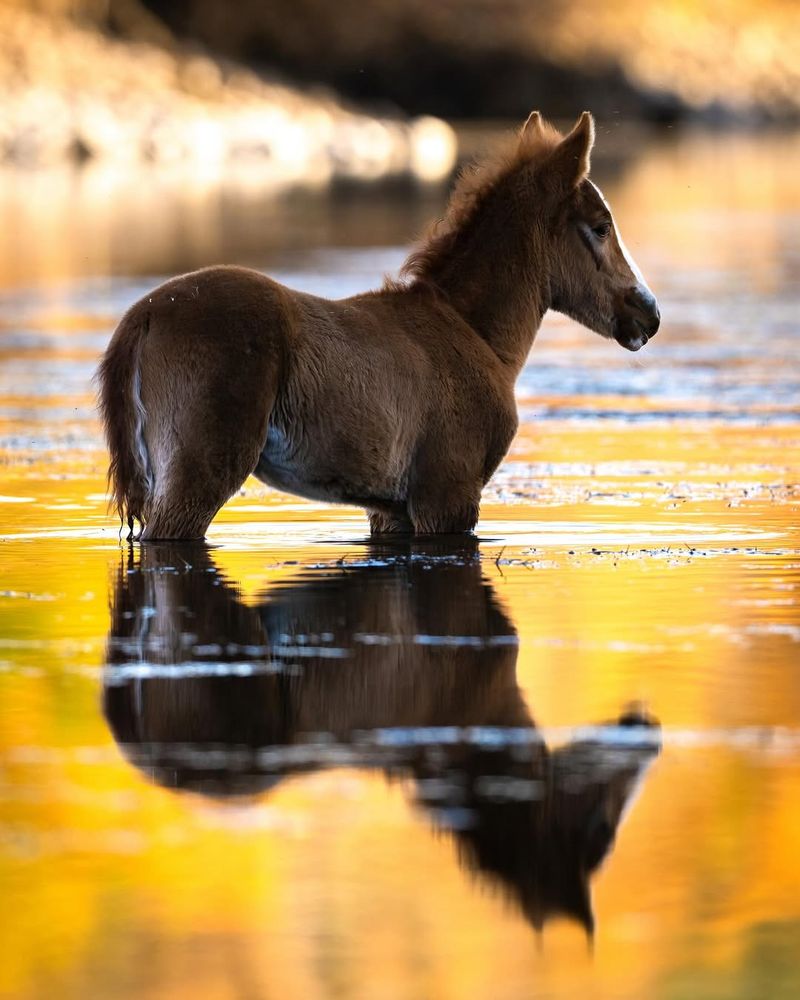
Horses aren’t just majestic; they’re perceptive problem solvers. Imagine a horse using its nose to open a stable door—like a skilled escape artist planning its next adventure.
Their ability to understand and interact with their environment is remarkable. Horses have a strong memory and can learn tasks quickly, sometimes leaving their human handlers puzzled.
So, if you ever come across an empty stable, check if your equine friend has been up to some clever tricks!
14. Astute Orangutans
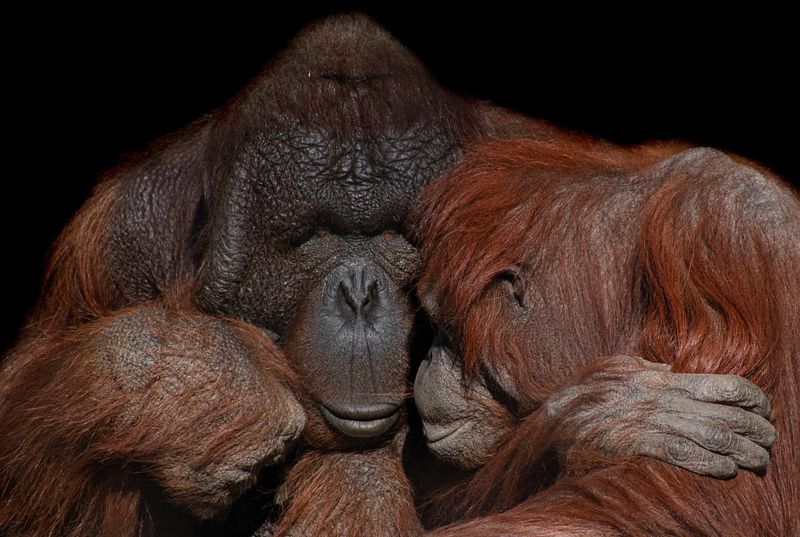
Orangutans are the brainiacs of the jungle, often seen using sticks to fish for termites. This tool-use showcases their ingenuity and understanding of their environment.
Watching an orangutan plan and execute such tasks is like witnessing a thoughtful engineer at work, calculating every move.
Their deep intelligence makes them fascinating to observe, and they continue to teach us about the cognitive abilities of primates. Truly, these great apes are a wonder to behold.
15. Strategic Chimpanzees
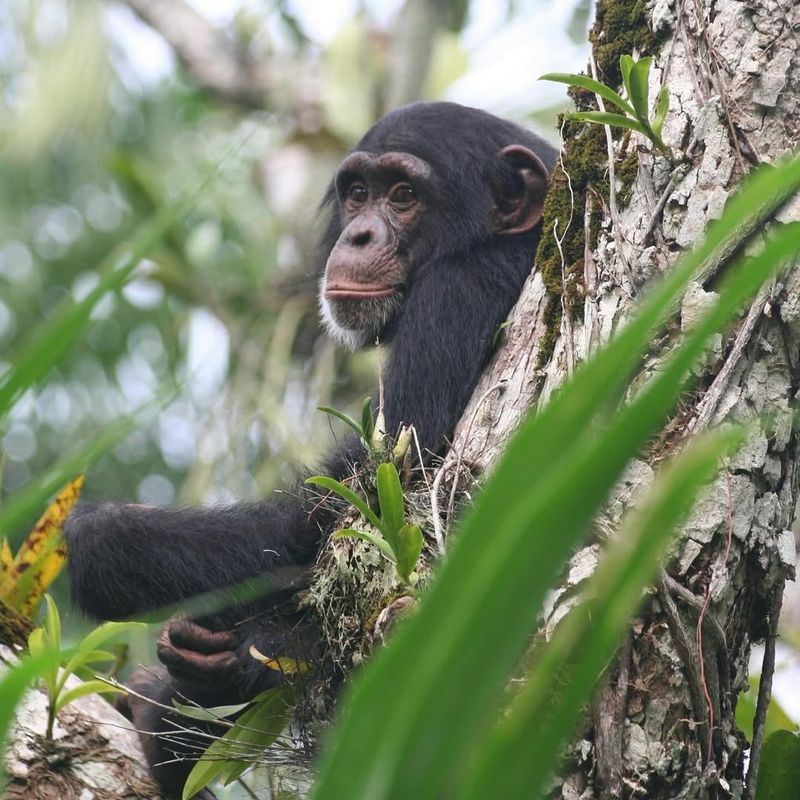
Chimpanzees, our close relatives, are strategic thinkers. They’ve been spotted using stones to crack open nuts, a skill that requires precision and planning.
It’s almost like watching a chef prepare a gourmet meal, each step calculated and deliberate. Their ability to use tools and solve problems demonstrates a level of intelligence that closely mirrors our own.
Observing these actions in the wild is a reminder of how much we share with our primate cousins.
16. Inventive Beavers
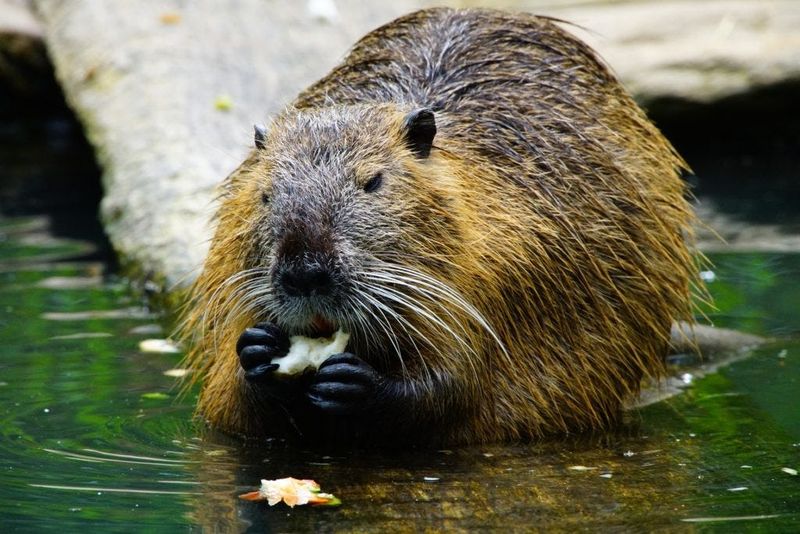
Ever seen nature’s finest architects at work? Beavers are renowned for their dam-building skills, transforming landscapes with their innovative structures.
Watching a beaver gather materials and construct a dam is like seeing a construction crew in action, each piece placed with purpose.
Their ability to alter ecosystems showcases their profound impact on their surroundings. If you come across a beaver dam, take a moment to appreciate the engineering marvel it truly is.
17. Adaptive Rats
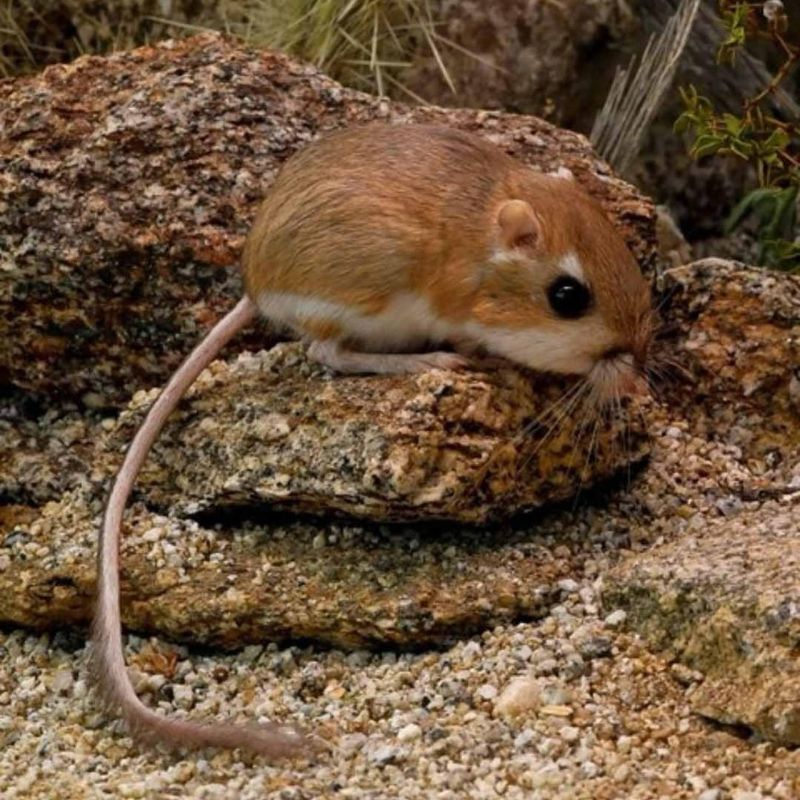
Rats might not be everyone’s cup of tea, but their adaptability is nothing short of impressive. In labs, they navigate mazes with the cunning of a seasoned explorer, learning and adapting with each twist and turn.
It’s like watching a tiny adventurer conquer uncharted territory. Their quick learning and problem-solving skills make them ideal subjects for scientific research.
So next time you think of rats, remember their impressive mental agility.


